The Buckeye Agricultural Museum and Education Center
- Home
- Agriculture and Sustainability
- Exhibits
- The Buckeye Agricultural Museum and Education Center
By Scott McLellan, revised by Eleanor Barker and Glenna Van Dyke
As the saying goes, the best things in life come to those who wait, and the Buckeye Agricultural Museum is no exception. Paul Locher of the Wooster Daily Record has spent years chronicling the forty-year effort to build this museum. Thanks to his work, we have access to the story of how this still-evolving museum came to be. With the help of Locher, Ron Grosjean, and others involved in a group known as Friends of Wayne County Fair, the Buckeye Agricultural Museum can document the history of agriculture in the Wayne County area.
Friends of the Wayne County Fair
For years, several organizations tried to establish a place where the public could learn about agricultural history. 1 One of the groups that was most successful was the Friends of the Wayne County Fair, which. Was founded in 2013.2 Why was this group able to finally establish an agricultural museum after 40 years of effort? Well, firstly, many of the Friends have ties to members of the Wayne County Fair Board. 3 Additionally, they have roots in agriculture, with most of them having grown up on farms.4 The Friends took note of the wave of gentrification that was sweeping Ohio, and wanted a place where all Ohioans could learn about agriculture history and methods, thus the museum was named the Buckeye Agricultural museum.5

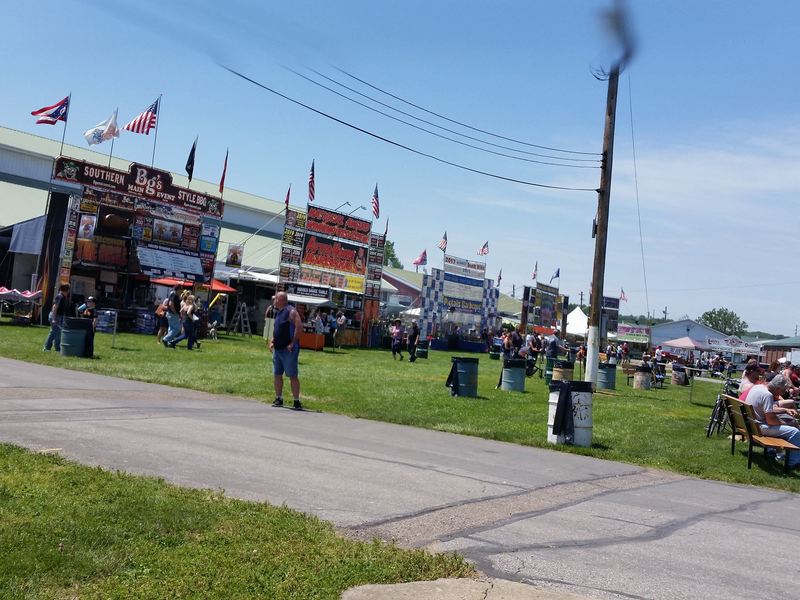
Support for the Friends of the Wayne County Fair mainly comes from memberships, the Wayne County Fair Board and fundraisers. 6, 7 These are all crucial to the museum’s survival as it is privately owned and operated. 8
The Fight for an Agricultural Museum
While some may not see an agricultural museum as necessary, it is important to remember that we are all, in some way or another, impacted by agriculture. 1 While populations are always the densest in urban and suburban areas, most of the United States is rural, with much of that being farmland.2 The Buckeye Agricultural Museum and Education Center strives to teach everyone about the relationship between agriculture and society.
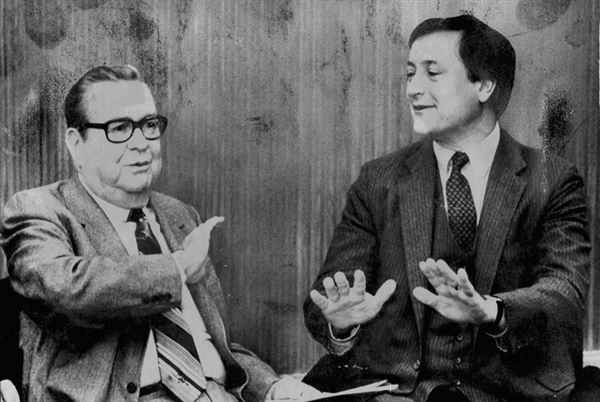
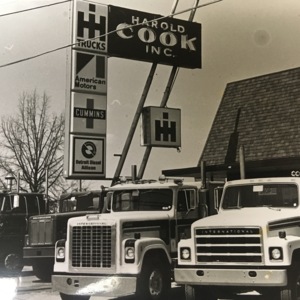
Plans for such a museum were in the works for decades before the Friends of the Wayne County Fair came along in 2012. 3 In the mid-1970s, the 112th Ohio General Assembly and the Ohio Historical Society planned to build an agricultural museum on the campus of the OARDC. However, these plans were postponed in 1983, as governor-elect Dick Celeste believed the agricultural museum was more of a special interest project than a needed institution. 4 For nearly thirty years, efforts for an agricultural museum would be forgotten, until the Friends of the Wayne County Fair revisited the idea. With the help of state grants and fundraisers, the museum is coming to life at a slow but steady pace. 5
Looking to the Future
The Friends of the Wayne County Fair are hard at work to make the Buckeye Agricultural Musuem a success, and the future of the museum looks bright. While the original location was to be next to the Ohio Agricultural Research and Development Center, its location has since been moved to across the street from the Wayne County Fairground, to be closer to the fair. 1 As of 2017, the museum is undergoing renovations. The building itself has seen many changes over the decades and was originally an industrial complex for International Harvester Company. In 1960, the building was franchised to American Motors and thus renamed Harold Cook, Inc. In 1989, the property was then sold to the Friends of the Wayne County Fair. 2
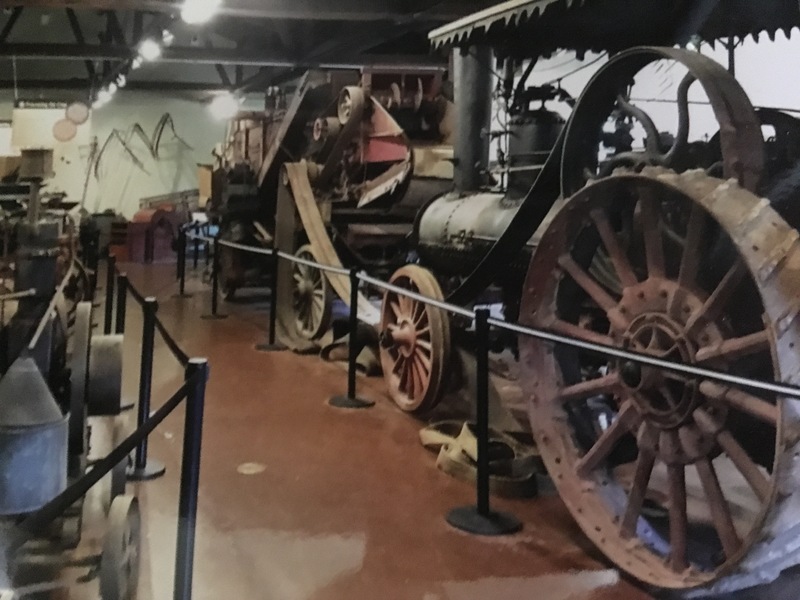
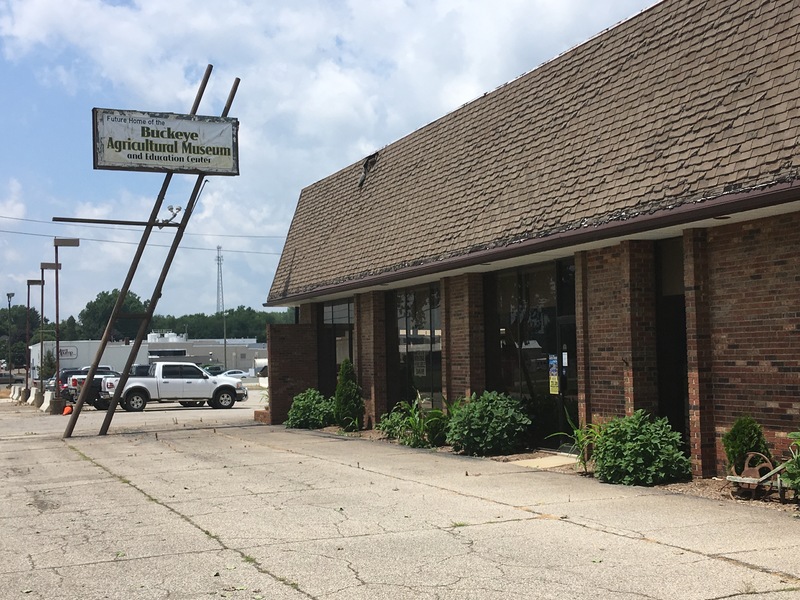
The Friends of the Wayne County Fair are excited about the future and have many plans for what the museum will have to offer. 3 The museum has been open for tours during the fair, giving Wayne County residents a taste of what is to come.4 For example, the museum wants to highlight the roles of women on the farm and explore what gender roles on the farm were really like. 5 Many are also urging the museum to include other lesser-known perspectives, such as those of Native Americans and Black Americans, who also contributed to Ohio’s agricultural history.
Sources by section:
1Paul Locher, “Friends of Wayne Fair,” Daily Record; Wooster, Ohio, September 10, 2012, sec.
1 Paul Locher, “Friends of Wayne Fair,” Daily Record; Wooster, Ohio, September 10, 2012, sec. A.
2 Paul Locher, “An Old Idea Gets New Life,” Daily Record; Wooster, Ohio, June 6, 2015, sec. A.
3 Paul Locher, “Group Implements Effort to Create Agiculture Museum,” Daily Record; Wooster, Ohio, February 28, 2013, sec. H.
4 Ronald Grosjean and Eleanor Barker, Interview on June 30, Audio, June 30, 2017.
5 “Ag Museum Project Moving, but Slowly,” Daily Record; Wooster, Ohio, July 16, 2016, sec. LOCAL NEWS.
6 Paul Locher, “Friends of Wayne County Fair Takes in More than $6,000 in New Memberships,” Daily Record; Wooster, Ohio, October 6, 2016, sec. LOCAL NEWS.
7 Paul Locher and Eleanor Barker, Interview on June 14 with Paul Locher, Audio, June 14, 2017.
8 Grosjean and Barker, Grosjean Interview.
1 Debra A. Reid, Interpreting Agriculture at Museums and Historic Sites (Rowman & Littlefield, 2017), 5.
2 Ibid., 5–7.
3 Paul Locher, “Friends of Wayne Fair,” Daily Record; Wooster, Ohio, September 10, 2012, sec. A.
4 Paul Locher, “An Old Idea Gets New Life,” Daily Record; Wooster, Ohio, June 6, 2015, sec. A, A.1.
5 Paul Locher, “Museum Gets $400K Grant,” Daily Record; Wooster, Ohio, April 17, 2016, sec. A.
How to cite this page:
MLA: “The Buckeye Agricultural Museum and Education Center.” stories.woosterhistory.org, http://stories.woosterhistory.org/the-buckeye-agricultural-museum-and-education-center/. Accessed [Today’s Date].
Chicago: “The Buckeye Agricultural Museum and Education Center.” stories.woosterhistory.org. http://stories.woosterhistory.org/the-buckeye-agricultural-museum-and-education-center/ (accessed [Today’s Date]).
APA: (Year, Month Date). The Buckeye Agricultural Museum and Education Center. stories.woosterhistory.org. http://stories.woosterhistory.org/the-buckeye-agricultural-museum-and-education-center/

